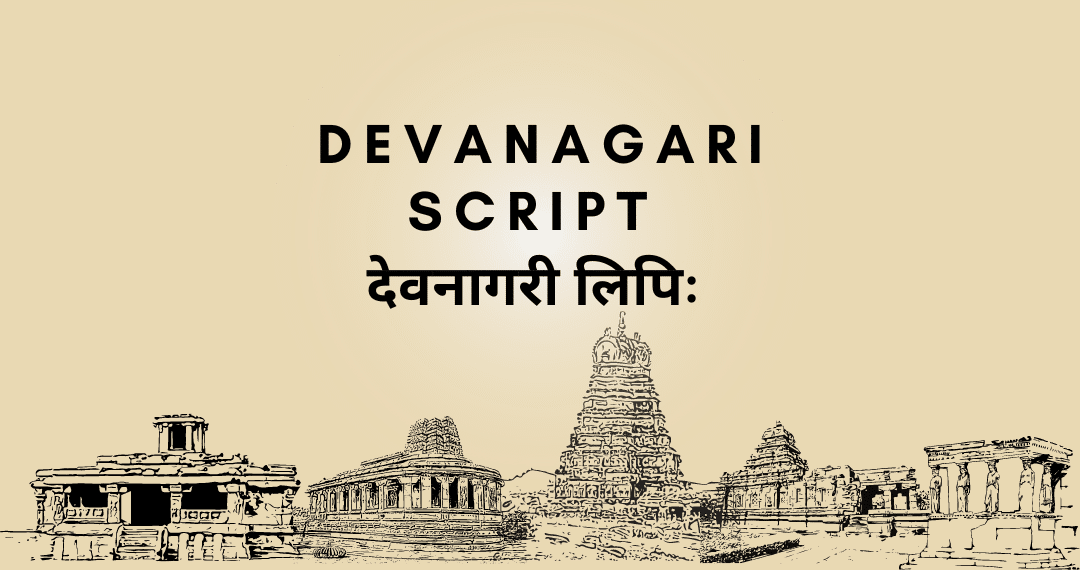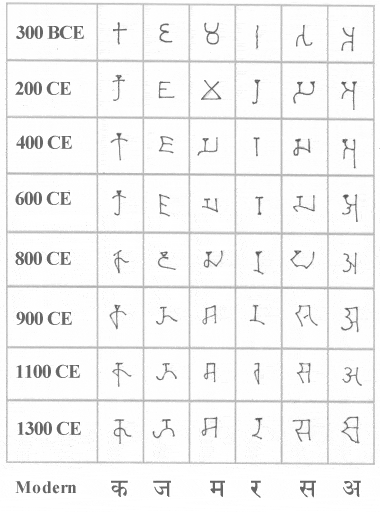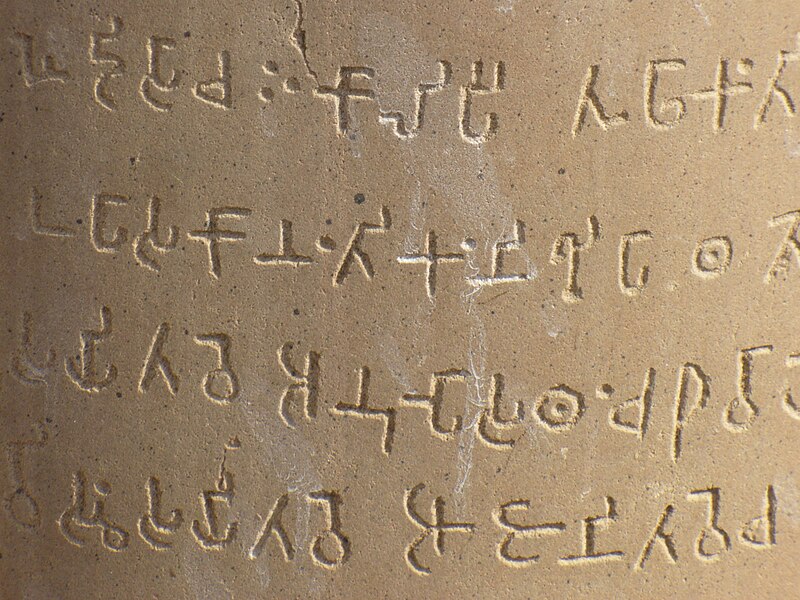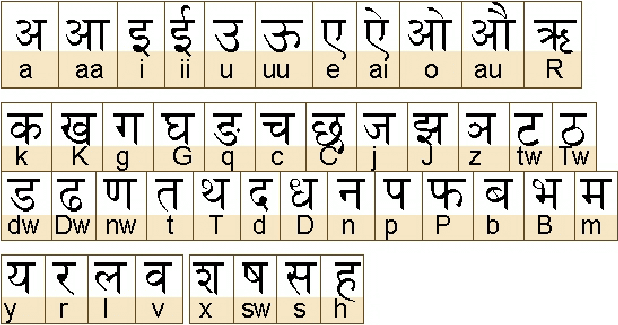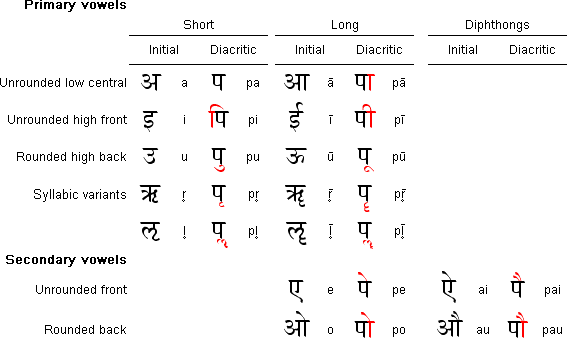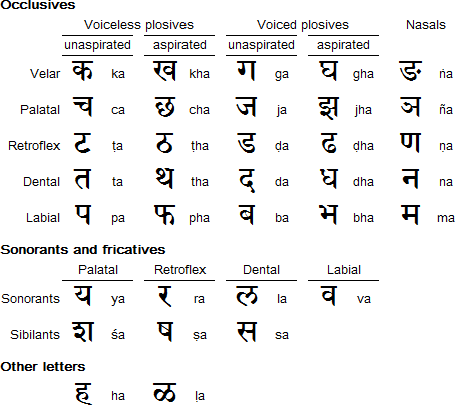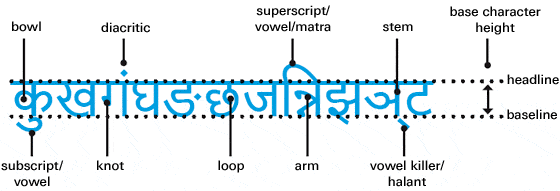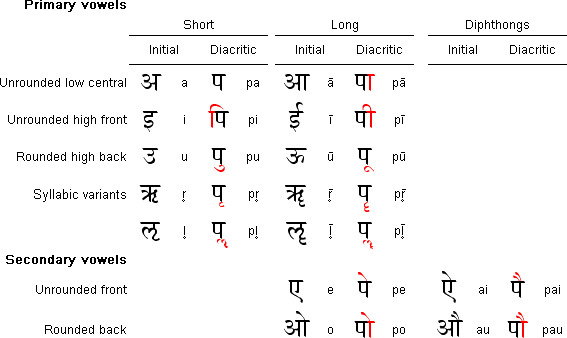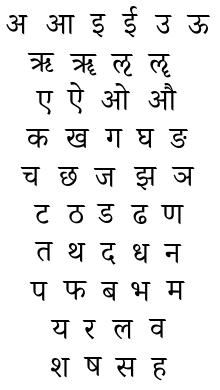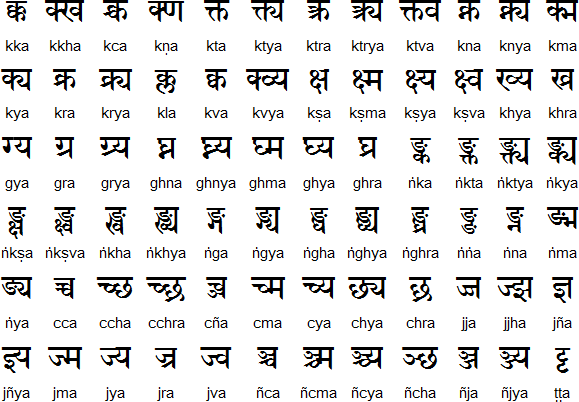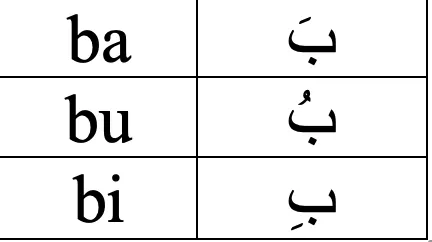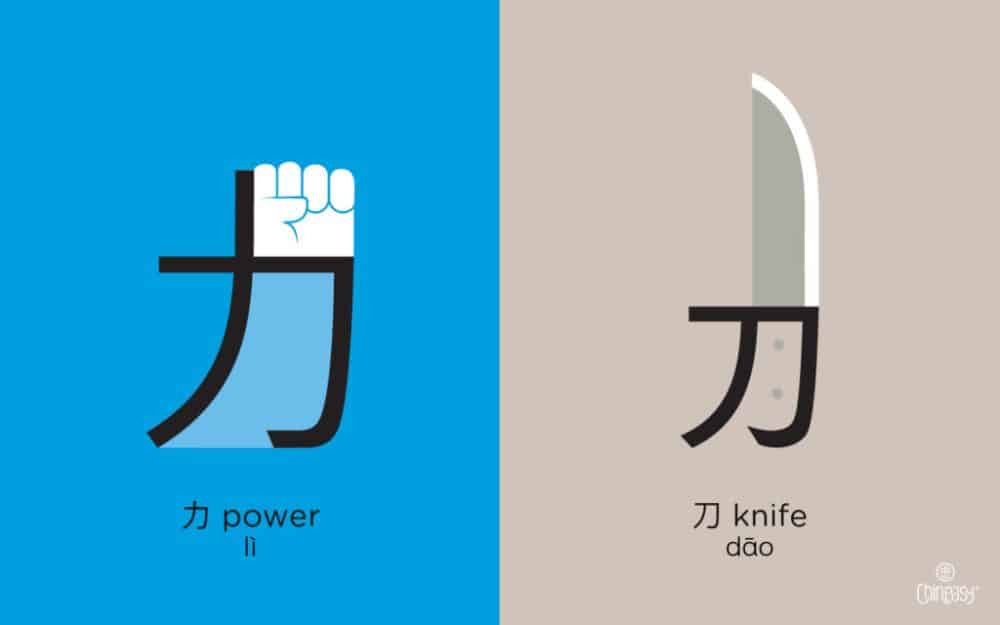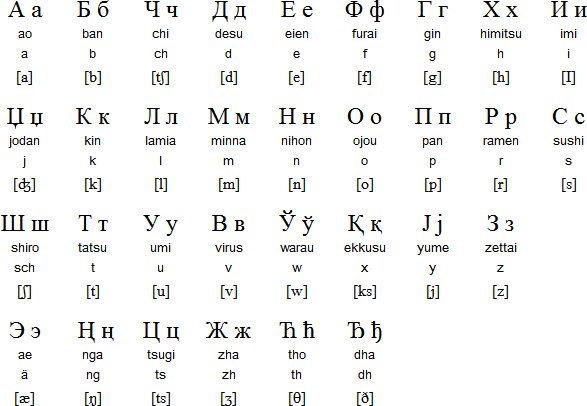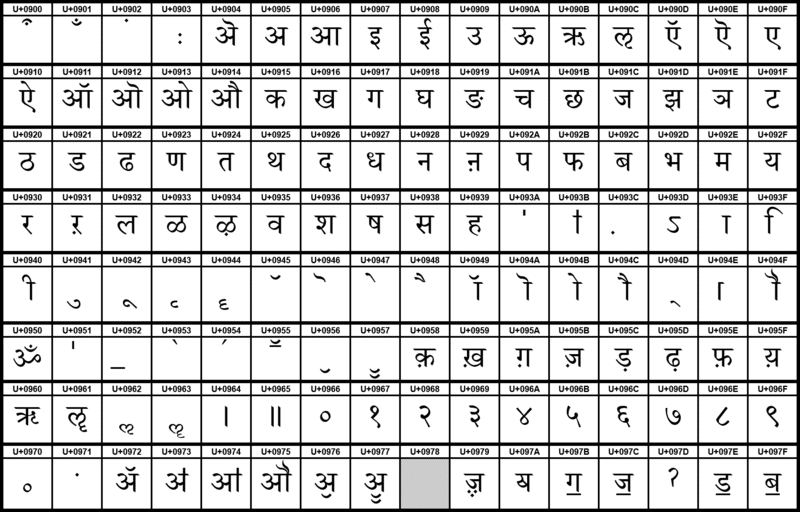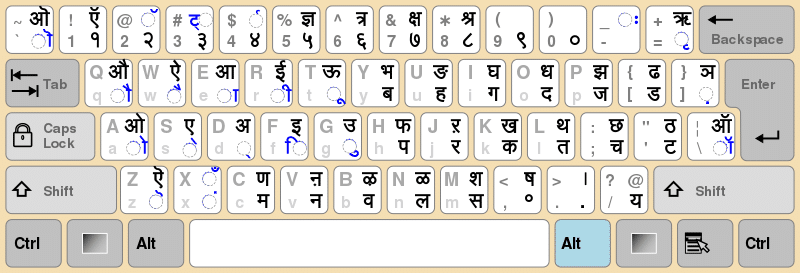The Devanagari script is an ancient script used for writing Sanskrit and several modern Indian languages.
Not many people know that the Devanagari script is the backbone of languages like Hindi, Sanskrit, and Marathi.
Today, the Devanagari script stands as a testament to the rich cultural tapestry of the Indian subcontinent. With its intricate, curvy characters and centuries-old history, Devanagari is more than just a writing system—it’s an integral part of India’s linguistic and literary heritage.
In the following blog on the Devanagari script, we’ll embark on a journey through the script’s origins as well as its place in the contemporary linguistic landscape of India.
Are you Looking for professional translation services?
Milestone helps you accurately translate your documents, websites, apps, videos, and more in 70+ languages.
Origin & History of Devanagari
The Devanagari script is an ancient script whose name is derived from the Sanskrit words “Deva,” meaning deity or divine, and “Nagari,” meaning city.
Devanagari is often associated with the Brahmi script and is believed to have evolved from it.
The origin of the Devanagari script can be traced back to the ancient Brahmi script. It was used in India during the Mauryan Empire (circa 322–185 BCE).
Over time, different regional variations of the Brahmi script developed (see the image above representing its development through the centuries). One of these variations eventually evolved into the Nagari script, which in turn gave birth to the Devanagari script we know today.
The earliest known inscriptions in the Devanagari script date back to around the 10th century CE.
The script initially gained prominence as a writing system for the Sanskrit language, which was the classical language of ancient India.
Interestingly, the script was well-suited for representing the sounds of Sanskrit since Devangari contains very distinct characters for consonants and vowels, as well as diacritic marks to indicate various sounds.
Through the years, Devanagari has been adapted to several modern Indian and some South Asian languages, including Hindi, Marathi, Nepali, Konkani, and others.
Also read: Most Spoken Languages In South Asia
The script is also used for official purposes in India and is widely used in literature, newspapers, education, and other cultural contexts (more on the topic later in the blog).
While Devanagari is relatively recent compared to ancient scripts like Brahmi, it is not necessarily the youngest among all Indian scripts. The age of scripts used for different Indian languages varies, with some having ancient roots and others emerging in the medieval period, like Devanagari. Nevertheless, each script has its own historical significance and regional associations.
What languages use the Devanagari script?
The Devanagari script is primarily associated with Sanskrit. Nevertheless, it is also used for several modern Indian languages.
Here is an overview of the most prominent languages that use the Devanagari script:
Hindi: Devanagari is the official script for Hindi. Hindi, in turn, with over 580 million speakers, is the most widely spoken language in India. It is also one of the official languages of the Indian government.
Marathi: The Marathi language, spoken predominantly in the Indian state of Maharashtra by up to 100 million people, uses the Devanagari script.
Nepali: The official language of Nepal, Nepali, is also written in the Devanagari script. Nepali has 16 million native speakers in the world.
Sanskrit: Although Sanskrit is an ancient language, it is widely used in religious and scholarly contexts. Devanagari is the traditional script for writing Sanskrit.
Konkani: Spoken in the Konkan region of India by 2.5 million people, Konkani uses the Devanagari script.
Maithili: Maithili is predominantly spoken in the Indian states of Bihar and Jharkhand and uses the Devanagari script. More than 20 million people speak Maithili in the world, and 17 million of them live in India.
Bodo: Bodo, also referred to as Boro is one of the languages spoken in the northeastern Indian state of Assam and is written in Devanagari. It has 1.4 million speakers.
Dogri: Spoken in the Indian state of Jammu and Kashmir by 2.6 million, Dogri is written in Devanagari
Keep in mind that these are just a few examples, and many other languages and dialects use the Devanagari script. Over 120 languages use it as an official writing system, which makes it the fourth most widely used script in the world.
Also read: what are the fastest-growing languages?
Unique characteristics of the Devanagari script
The Devanagari script has several distinctive characteristics that make it unique. Here are some of the prominent characteristics of Devanagari:
Alphabet Structure
Devanagari is an abugida, which means a writing system where consonants carry an inherent vowel sound, and additional diacritic marks are used to modify the vowel sound.
The script has a set of basic characters representing consonants and a set of diacritic marks for vowels.
Vowels
Devanagari has a set of basic vowel characters representing short vowels. Long vowels are often represented using a combination of the basic vowel character and a diacritic mark.
There are also special characters for nasalized vowels, which is a unique feature of the Devanagari script.
Consonants
The basic consonant characters are organised in groups depending on their manner of articulation, i.e., voiced, voiceless, nasal, etc.
Each consonant character represents a consonant sound with an inherent vowel, usually the short vowel “a.”
Virama (Halant)
Devanagari uses a virama, which is a horizontal line-like diacritic mark called “halant,” to indicate the suppression of the inherent vowel in a consonant.
The halant is used to form conjunct consonants or to represent consonants without an inherent vowel sound.
Matra (Vowel Signs)
Diacritic marks, which are called mantras, are used to represent vowel sounds other than the inherent “a” sound. They can be placed above, below, before, or after the consonant characters.
Barakhadi
Barakhadi refers to the arrangement of basic consonants and vowels in a systematic grid. This arrangement helps learn the script.
Horizontal Line on Top (Shirorekha)
One of the most recognizable features of Devanagari is the horizontal line at the top of many characters. This line is known as the shirorekha and is a unique feature of the script.
Left-to-Right Direction
Devanagari is written from left to right, like English and most other modern scripts.
Also read: [TOP 5] English-Speaking Countries in Africa
Script Flexibility
Interestingly, the Devanagari script is adaptable. Thus, it has been used to write various languages since it allows for the representation of different phonetic nuances.
For instance, it can (and there have been attempts to) be adapted for Korean, Japanese, and European languages, such as Spanish and Italian.
Numerals
Devanagari includes a set of numerals that are distinct from the script’s characters.
These numerals are commonly used in South Asian countries.
Also read: Must-Know Things About Korean Business Etiquette & Culture
Overall, Devangari’s unique features collectively contribute greatly to its functionality. Thus, the script is well-suited for representing the sounds of several languages in the Indian subcontinent (and beyond).
Alphabet and writing system
The Devanagari script has a well-organized alphabet with characters representing both consonants and vowels.
The script is an abugida, which means that consonant characters carry an inherent vowel sound (usually “a”). Additional diacritic marks are used to modify this vowel sound.
Here is an overview of the Devanagari alphabet:
It’s important to note that the pronunciation of the characters might vary slightly depending on the language using the Devanagari script.
Additionally, conjunct consonants, where two or more consonants combine to form a single character, are common in Devanagari and add to the richness and complexity of the script.
Also read : Professional document translation services.
Are you looking for professionals translation services?
Milestone helps you accurately translate your documents, websites, apps, videos, and more in 70+ languages.
The Devanagari script, compared to other scripts
The Devanagari script has its unique characteristics. Thus, comparing it with other scripts involves examining differences in various aspects.
Here is an overview of the comparison between Devanagari and a few other prominent scripts:
Devanagari vs. Latin script:
Direction: Devanagari is written from left to right, like the Latin script.
Structure: Devanagari is an abugida, where each consonant carries an inherent vowel sound. Diacritic marks are used to modify this vowel.
The Latin script, in contrast, is an alphabet where each consonant or vowel has its separate symbol.
Nasalization: Devanagari uses specific characters, called anusvara, for nasalization.
In the Latin script, nasalization is often represented with diacritic marks (e.g., ã, ĩ). However, these are common adaptations of the Latin script and, thus, can only be seen in languages like Portuguese and Vietnamese.
Conjunct Characters: Devanagari frequently employs conjunct consonants, where two or more consonants combine to form a single character.
The Latin script generally does not use conjunct characters in the same way. Each letter represents a sound, and they are not combined. In languages such as German, however, a combination of letters might represent a certain sound (e.g., such → /ʃ/ or the first sound in the word sheep).
Devanagari vs. Arabic Script
Direction: Arabic is written from right-to-left, while Devangari – from left-to-right.
Vowels: While Devanagari represents vowels explicitly and has separate symbols for vowels, Arabic typically represents only consonants. The vowels are represented by diacritic marks above the consonant.
Script Type: Devanagari is an abugida, whereas the Arabic script is an abjad. In abjad, only consonants are represented, and vowels are indicated by diacritic marks.
Also read: Which Arabic Dialect To Use & Arabic Voice-over Challenges
Devanagari vs. Chinese Characters
Character Types: Devanagari characters represent both consonants and vowels. Chinese characters, on the other hand, are logograms. This means that each character typically represents a morpheme or a whole word.
Pronunciation: Devanagari characters represent phonetic sounds. This means that the pronunciation of the word is a combination of the sounds each letter represents.
In Chinese, characters may not provide clear phonetic information. Thus, pronunciation is less apparent from the characters alone.
Writing System: Devanagari is an abugid.
Chinese characters, in contrast, are logographic, with each character representing a word or a morpheme.
Direction: Devanagari is usually written from left to right, whereas Chinese characters can be written from left to right, right to left, or top to bottom in columns.
Also read: Chinese vs Japanese vs Korean Languages: Similarities & Differences
Devanagari vs. Cyrillic script
Direction: Both languages are left-to-right languages.
Vowels: Devanagari has distinct characters for both short and long vowels. Each consonant also has an intrinsic sound (usually “a”) but can be modified with a diacritic mark.
The Cyrillic script also has dedicated vowel characters. The representation of vowels can vary across languages using Cyrillic, but generally, there is no distinction between short and long vowels.
Consonants: In Devanagari, consonants carry an inherent vowel sound. In addition, conjunct consonants, where two or more consonants are combined to form a single character, are common.
In Cyrillic, consonants are generally represented without an inherent vowel sound. The script focuses on individual consonant and vowel characters.
Pronunciation: Both scripts represent sounds phonetically, meaning each letter stands for a certain sound.
Script Type: Devanagari is an abugida, also referred to as alphasyllabary. This means that each consonant has a vowel “attached” to it.
In the Cyrillic script, characters represent single vowels and consonants.
Overall, Devanagari is quite different compared to other existing scripts.
It’s important to note, however, that these comparisons are broad generalizations, and variations exist within each script depending on the specific language or languages using them. Each script has evolved to suit the linguistic characteristics and cultural contexts of the languages it represents, so variations are unavoidable.
Also read: Nordic Languages: History, Similarities & Differences
Current use of Devanagari script
The Devanagari script is widely used in various domains, both traditional and digital. Here’s an overview of its current use:
Official and administrative use: Devanagari is the official script for languages, such as Hindi, Marathi, and Konkani in India. It is widely used for official documentation, government communication, and administrative purposes in the regions where these languages are spoken.
Literature and Education: Devanagari is extensively used in literature, textbooks, and educational materials, particularly for languages like Sanskrit, Hindi, Marathi, and Nepali.
Media and Publishing: Newspapers, magazines, and books in Hindi and other languages utilizing the script are predominantly printed in Devanagari. It is a common script for publishing literature and media, especially in India.
Also read: Top 10 Tips for Social Media Localization
Digital Space: Devanagari is widely used in digital content, including websites, blogs, social media platforms, and communication platforms such as messaging apps and email apps.
Many websites offer content in Devanagari, catering to a vast online audience. What’s more, digital publications of e-books or online articles in India are commonly in Devanagari.
In addition, Devanagari is included in the Unicode Standard, which facilitates its use on digital platforms. This standardization ensures compatibility and proper rendering across various devices and software applications.
It’s also important to note that there are various digital input methods and keyboards that enable users to type in Devanagari on computers and mobile devices. This includes virtual keyboards and transliteration tools.
In conclusion…
The Devanagari script is an ancient script that has found its way into our modern society. What’s more, it has adapted, so it can be used in various digital environments.
The Devanagari script continues to play a vital role in various aspects of contemporary life, including official communication, literature, media, education, and the digital space.
Through the centuries, it has become an intrinsic part of the language and culture in India and even outside of it. And, as it seems, this is unlikely to change!
Its adaptability to the digital age, facilitated by Unicode standards and digital input methods, ensures its continued relevance in the evolving linguistic landscape of the Indian subcontinent.
Are Looking for professionals translation services?
Milestone helps you accurately translate your documents, websites, apps, videos, and more in 70+ languages.

